
 Instagram
Instagram
Related products
Breakouts vs Skin purging: How to tell the difference?
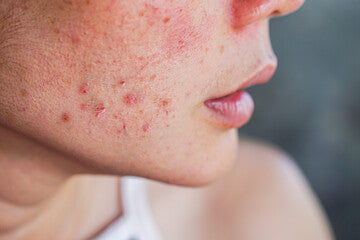
Related products
Many individuals are concerned about having healthy, glowing skin. With the new developments in skin care products, recurrent issues with unsightly breakouts, which unexpectedly appear on the skin and have other causes like stress and hormonal changes, are seen. Another less-known phenomenon is "skin purging," which is often confused with regular breakouts but significantly different in symptoms and causes.
Breakouts happen when oil, dead skin cells, or bacteria build up in our pores. This accumulation further leads to inflammation, resulting in spots that can either be whiteheads or blackheads. Some known factors that lead to breakouts include irregular skin patterns, unhealthy diets like high-sugar or greasy food, and hormonal fluctuations.
On the other hand, skin purging refers to an accelerated rate at which the skin exfoliates, which could occur due to certain medications or skin care products like retinol creams, commonly used as a treatment for acne or chemical peels. This leads to clogged pores beneath the surface layer, pushing impurities upwards, causing blemishes yet eventually shedding off old cells, exposing fresh, healthier ones underneath.
Even though both breakouts and skin purging are related to facial eruption, they differ in many aspects. Most importantly, their root causes vary greatly alongside the duration and treatment options required. Breakout signs include inflammation and red bumps lasting for several weeks until treated accordingly, while evidence shows periods ranging up to six weeks prior during skin purging, revealing a clearer complexion.
Skin purging and breakouts can be distinguished using different methods. The first step involves looking into the current skincare routine, and if there are any new introductions of products leading to the sudden onset eruption, it is usually a skin purge. Moreover, the location of existing acne might provide valuable insight: Purges tentatively stick to places where someone usually gets pimples, while the latter form anywhere on the face. Lastly, observing how long the condition lasts is crucial – standard zits tend to take a week to disappear, whereas it takes four to eight rounds to complete the renewal cycle.
Treatment options differ primarily based on root causes. Breakouts are often addressed through a skincare regimen, including gentle cleaning and topical medications with benzoyl peroxide or salicylic acid to combat bacteria and inflammation. More advanced cases might necessitate prescription-strength medications from a dermatologist. If you’re introducing active ingredients like retinoids or exfoliants into your routine and experiencing irritation or purging, it’s crucial to use a non-comedogenic, protective sunscreen. A good option is the EVE LOM Daily Protection SPF 50 Facial Sunscreen 50ml, which offers high-level UVA/UVB protection without clogging pores or irritating sensitive skin.
On the contrary, dermatologists generally see skin purging as a positive sign, indicating effective turnover of old and new cells despite initial discomfort. The often recommended solution is persevering while limiting exposure to the sun and diligently hydrating, which aids healing.
According to the American Academy of Dermatology (AAD), acne is the most common condition, affecting over 50 million people annually across all ages, ethnicities, and genders. Hence, it is important to know how to manage different types of eruptions so that such spots become less of a hindrance in the journey towards a healthier, glowing complexion.
How To Tell The Difference Between Breakouts Vs Skin Purging
You can easily tell the difference between breakouts and skin purging by examining factors like timing, location of blemishes, duration of condition, and recent changes in skincare routine.
Breakouts usually occur spontaneously without any correlation to new products used on the skin. They typically manifest as inflamed, red bumps anywhere on your face, lasting several weeks until treated appropriately with over-the-counter or prescription treatments. Breakouts are not restricted to just one part of the face; they may appear wherever a pore might produce oil—including cheeks, forehead, chin, etc.
When treating active breakouts, especially those resulting from product reactions or purging, a spot treatment like Acnecide Gel 5% can be helpful. It contains benzoyl peroxide, which targets acne-causing bacteria and helps reduce inflammation, making it ideal for bacterial breakouts rather than temporary purging.
Conversely, if you've recently introduced an active ingredient (like retinoids) into your skincare regimen that accelerates cell turnover rate, then eruption likely relates more towards 'purging.' A purge often presents similar areas where someone regularly experiences acne breakouts, but it's much more intense initially, given its nature of clearing out trapped sebum within pores. However, a full cycle is completed after approximately six weeks, revealing a clearer, healthier complexion.
The following table provides a brief comparison:
|
Breakouts |
Purging |
|
|
Origination |
Lifestyle factors |
New skincare products |
|
Duration |
Weeks until clearance through treatment |
Upwards from six-weeks |
|
Location |
Anywhere containing pores |
Regular acne-prone regions only |
|
Correlation product usage |
Not related |
Often follows the introduction of a new product |
|
Appearance |
Inflamed red bumps across various parts |
More spots are usual existing places followed by decreased frequency |
It's important to remember that every person responds differently to beauty regime components. Therefore, it is vital to recognize the body's patterns and respect them. Accurately identifying the in-condition issues is a fundamental step in effectively addressing the issue to achieve healthier, radiant skin.
What Does Skin Purging Look Like?

What you need to do for Skin Purging
In cases of skin purging, patience is the key as it represents an accelerated clearing process leading to eventual improvement in overall complexion. Introducing a new product into your skincare routine often triggers this phenomenon. Despite initial discomfort, dermatologists recommend perseverance during the purge phase since it indicates an effective turnover of old cells to fresh ones. During these episodes, keep skin well-hydrated and limit sun exposure, which might aggravate irritation; however, if severity persists beyond six to eight weeks or becomes significantly painful, approach a healthcare provider for professional guidance. If you’re unsure whether you’re purging or breaking out, incorporating a gentle cleanser into your routine can reduce risk of irritation. Acnecide Face Wash Gel supports acne-prone skin with benzoyl peroxide in a wash-off format, suitable for reducing surface-level bacteria and clearing pores.
Can you prevent Skin Purging?
Preventing skin purging entirely might prove challenging because it happens due to your skin's natural response to specific active ingredients that promote accelerated cell turnover. However, Dermatologists suggest a few strategies for mitigating its severity. Managing oil buildup and keeping pores clean is key during purging stages. Stridex Single-Step Acne Control Pads are a convenient, alcohol-free option that exfoliates with salicylic acid and helps minimize clogged pores without over-drying.
Introducing new products gradually into the skincare regime instead of all at once. This allows the skin to adjust better, minimizing reactions.
Optimise usage frequency—Use potent items less frequently, then increase over time, allowing the body to acclimate more comfortably.
Maintain good hydration and sun protection practices, which aid in soothing irritated skin during the purge phase.
Everyone's journey toward a clear, radiant complexion differs; patience is a key ingredient in any other cream serum pencil box. For those with easily reactive or redness-prone skin, purging can feel intense. Opt for barrier-supportive, non-irritating formulas from the sensitive skin skincare collection, which includes calming products designed to soothe inflammation and reduce discomfort.
How To Treat Skin Purging

Addressing skin purging primarily involves patience and perseverance. This condition generally signals that active ingredients in a skincare product effectively stimulate rapid cell turnover, pushing impurities up to the surface. This might initially cause discomfort but eventually pave the way for clearer, healthier skin.
Continuing use of the new product is often recommended unless there's severe irritation or inflammation. Susceptible individuals must be taken care of when exposed to the sun since certain products escalate sensitivity levels. Keeping skin thoroughly hydrated is essential, ensuring its resilience during the purge phase.
In extreme cases where symptoms persist beyond six weeks without any sign of improvement, seeking professional advice from dermatologists proves crucial. Further evaluation might be necessary, and potential adjustments in the skincare regime based on individual needs and reactions might be required. When dealing with purging, it’s vital to support your skin with gentle, barrier-protecting products. You’ll find a wide range of cleansers, moisturizers, and treatments in the skin care collection tailored to help your skin recover without triggering further irritation.
Takeaway
Understanding the differences between breakouts and skin purging proves vital for effective skincare management. Breakouts, often caused by lifestyle factors, require targeted treatment options, while purges—typically a result of new skincare products — need perseverance and care during their course. Recognizing these unique conditions helps pave the way for improved skin health, resulting in clearer complexions over time despite initial discomforts or upheavals encountered during the journey.
Frequently Asked Question
How do I know if I am purging or breaking out?
Determining whether it's purging or breaking out depends largely on changes in the skincare routine and the location of acne. The recent introduction of new products may lead to purging, typically in acne-prone areas.
How can you tell the difference between purging and irritating acne?
Distinguishing between purging and irritation relies on the pattern observed post-use of a new skincare product—a significant initial increase in spots that subsides over time indicates purge. In contrast, persistent inflammation after weeks without notable improvements might signal skin irritation caused by said product.
What does skin purging look like?
Skin purging presents as increased acne spots, mostly on regular acne-prone areas, due to specific skincare ingredients.
How do you know if your face is breaking out?
Facial breakouts are identified by inflamed, red bumps anywhere on the face lasting several weeks without an associated new product usage history.





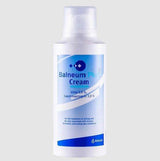



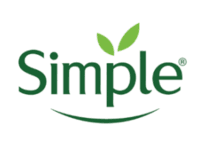
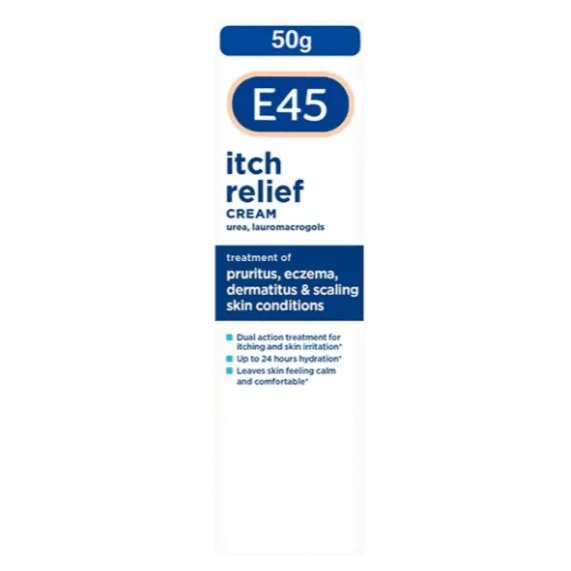

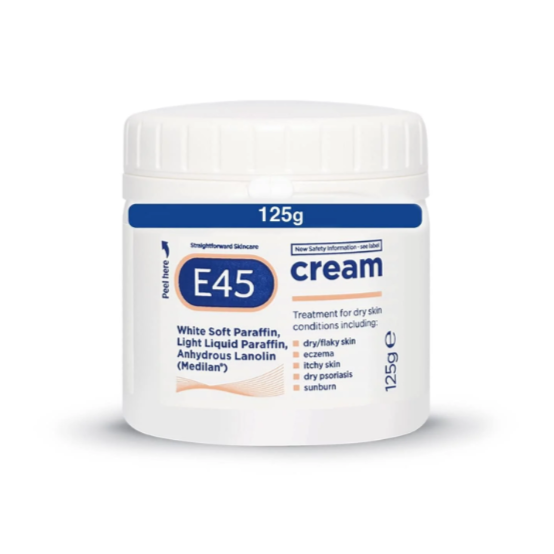
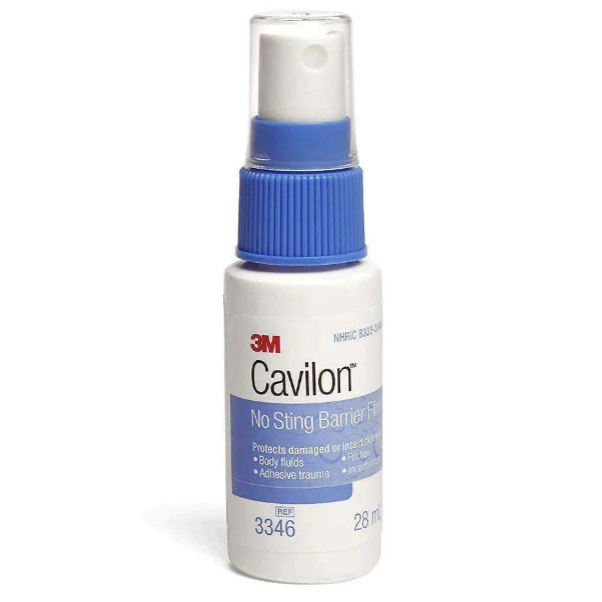



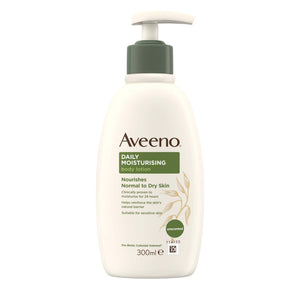





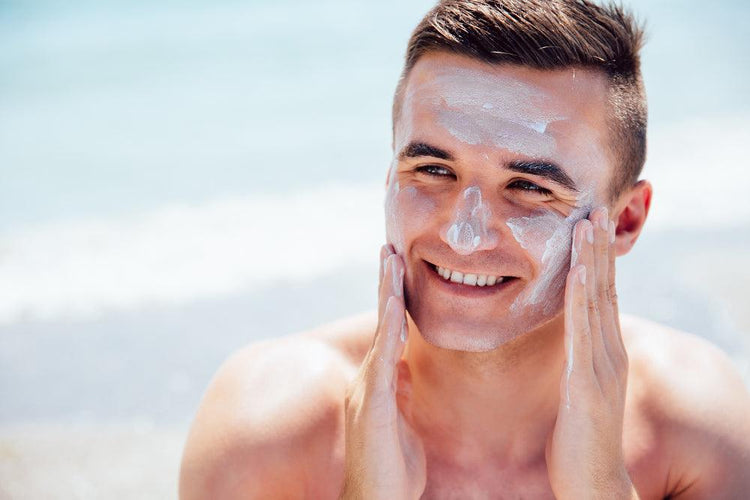
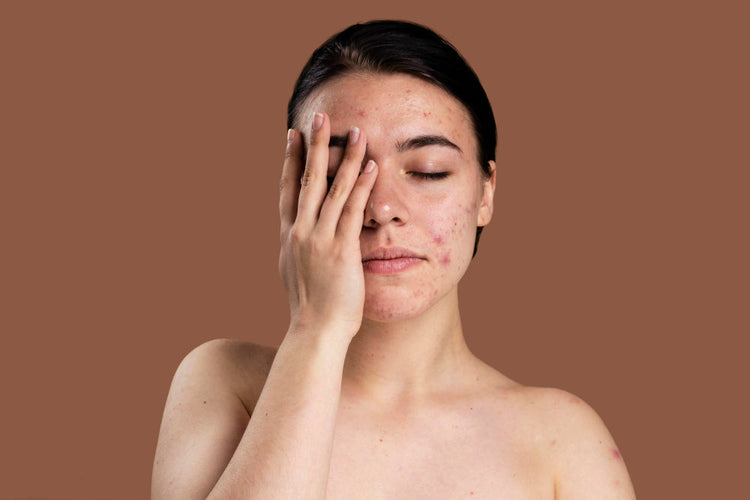
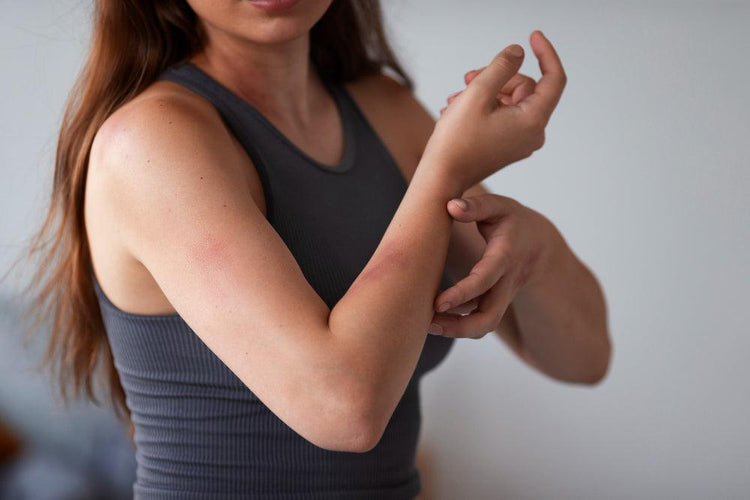
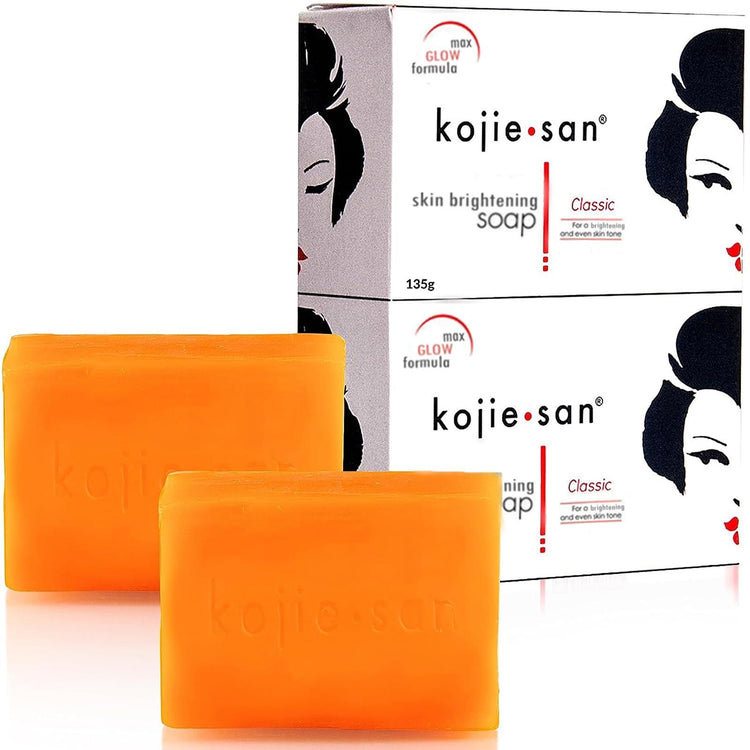
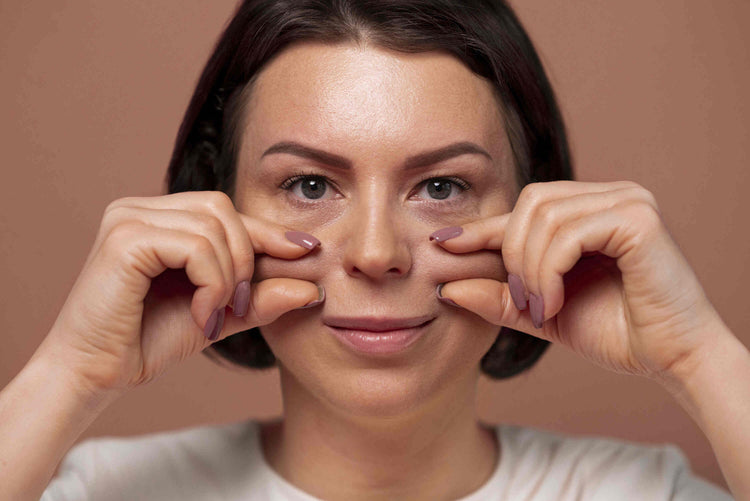
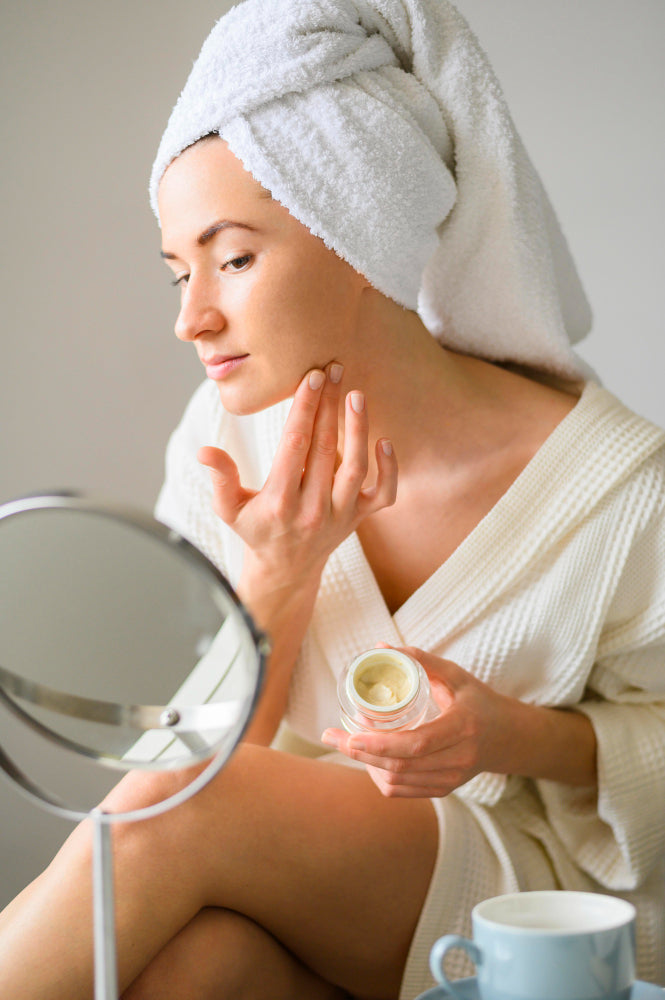
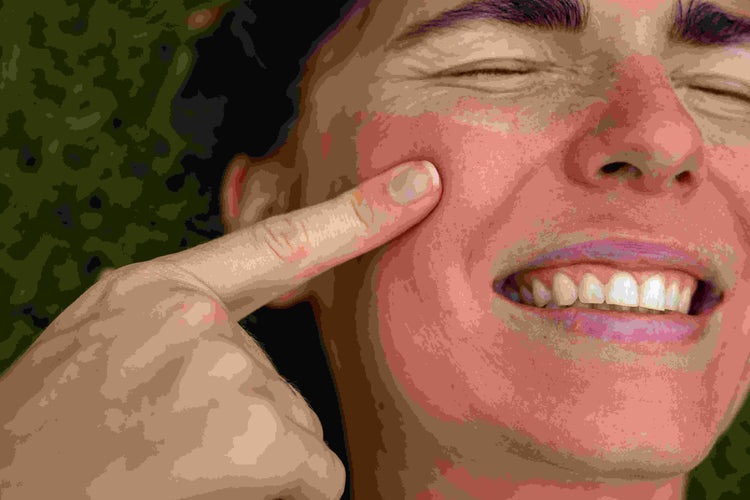


 Rated Excellent by 26,523+ Reviews
Rated Excellent by 26,523+ Reviews